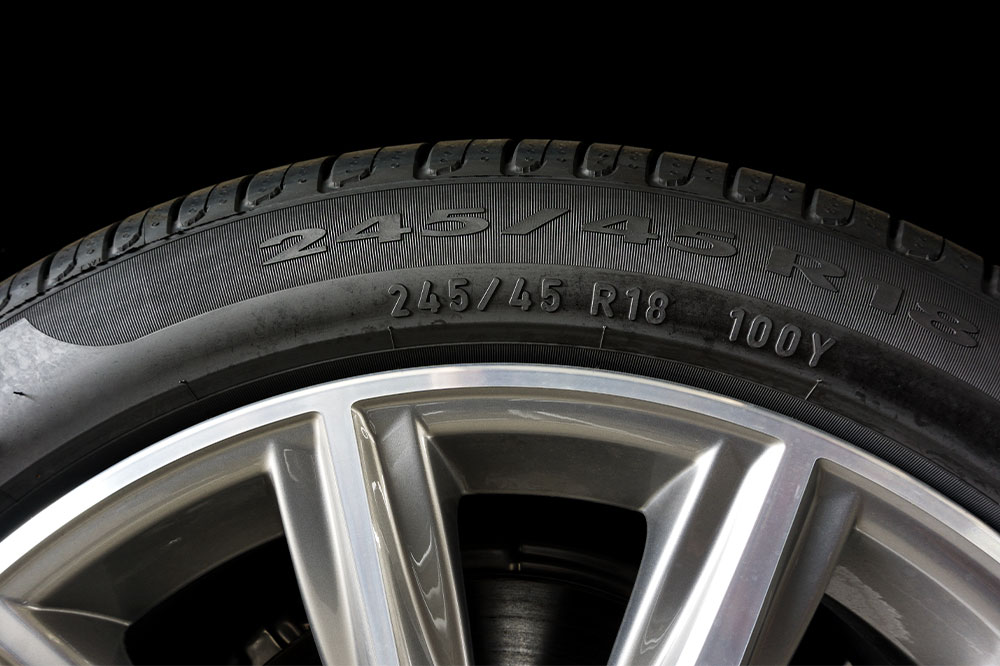6 common annuity mistakes and how to avoid them

An annuity is an insurance contract issued and distributed by financial institutions. Their objective is to pay out these invested funds to the investor in the form of a fixed income stream in the future. The investor can buy these annuities with a monthly premium or through a lump sum amount. This type of investment is usually done to get income in retirement years. However, here are some common mistakes people make with annuities.
Not shopping around
One of the biggest problems with purchasing annuities is that not enough people shop around before they commit to buying from one place. Annuities are known to be profitable for brokers because the commission can be as high as 10 percent in some cases, which means that the investor is paying a lot more than what they need to pay. However, there are many annuity shopping services through which one can invest directly, with no broker. Also, variable annuities are available through particular companies. So, one must explore the available options before making a decision.
Choosing the wrong annuity
There are four basic types of annuities:
- Fixed dollar amount – This gives an investor a fixed return on the investment, which is pre-decided and agreed upon.
- Inflation adjusted – In this type of a payout, the returns are adjusted according to inflation.
- Variable – These are usually backed by mutual funds, so that is why the returns are based on variables and market fluctuations.
- Guaranteed minimum withdrawal benefit – With this type of return, one can get a promised set percentage, which can be withdrawn, or one can take small distributions each year. It depends on the investor’s choice.
Choosing the type of annuity that best suits one’s needs is a significant decision and should be considered carefully. This can mean considering what kind of payouts one gets from the investment and whether it solves one’s investment objectives and goals in the long term. One can consult a financial advisor to understand which type of annuity investment will work best for one’s profile.
Not naming a beneficiary
If married, one must opt for the joint-life annuity, which is a better annuity plan for couples. Even after the joint-life annuity, an investor will have to name their spouse as the beneficiary. This is important because if no beneficiary is named, the IRS becomes the beneficiary. In this case, in case of the investor’s death, the spouse will only get the actual value of the investment money. However, if the spouse is the beneficiary, they will continue to get regular payments as they did before the investor’s death. Not being aware of this would mean a lot of money could potentially just go away to the revenue department. So, always be careful with these small formalities.
Investing too much
Investing too much in annuities is also a problem. Some people get charmed by the returns some annuities may give, but it is important to note that this investment is not flexible. Most financial advisors recommend that putting around 30 percent of the available assets in the annuity is a good percentage instead of putting all of it. One must consider all the important factors before deciding on the investments.
Picking the wrong insurer
The whole point of investing in annuities is ensuring that one’s senior years are financially stable and well taken care of. So, it is important that one buys from a reputable insurer. Before deciding on investing, research the company’s history, its financial strength rating, and how they are performing in the market. Once these details are confirmed, only then think of making these investments with a particular insurer. Picking the wrong company will empty one’s pockets now and leave nothing for the future.
Not considering an annuity at all
Investing in the annuity is one of the best ways to secure the retirement years. So, anyone not considering this as part of their senior years is making a mistake. A lifetime annuity is a great way to ensure a guaranteed income for as long as one lives, and if one is married, even the spouse can get the money for as long as they live. So there are several benefits to this kind of investment. However, b efore investing in any available options, one must consult a financial advisor about one’s financial goals. They can help one evaluate their investment profile and suggest suitable options.






